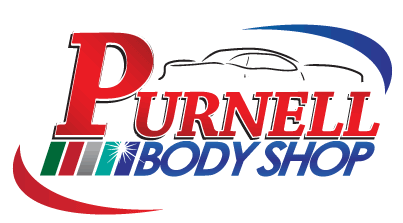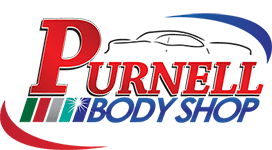OEM vs. Aftermarket Parts in Collision Repair: What’s the Real Difference?

When your car needs collision or auto body repair, one topic often discussed is: “Do you want OEM or aftermarket parts?” It’s a common choice, and it can feel confusing if you’re not sure what the difference really means.
The truth is, both OEM and aftermarket parts can be reliable options depending on the situation. Understanding how they differ—and how they impact cost, quality, and safety—can help you make the right decision for your vehicle and budget.
What Are OEM Parts?
OEM (Original Equipment Manufacturer) parts are built by the same company that made your vehicle—or by an authorized supplier that follows the exact factory specifications. These are essentially the same parts that were originally installed on your car when it rolled off the production line.
Because OEM parts are made to precise standards for a specific make and model, they usually provide a consistent fit and finish. That’s why many vehicle owners prefer OEM when they want their repair to restore the car to “like-new” condition.
Key benefits of OEM parts include:
- Designed to match your vehicle’s original specifications
- Predictable fit, finish, and performance
- Backed by manufacturer warranties in most cases
Potential drawbacks:
- Usually cost more than aftermarket alternatives
- May have longer wait times if parts are on backorder
What Are Aftermarket Parts?
Aftermarket parts are made by companies other than the original vehicle manufacturer. These parts are often designed to fit multiple makes and models, and the quality can vary based on the brand or product line.
Aftermarket parts can range from budget-friendly replacements to high-performance upgrades that meet or exceed OEM standards. Many reputable aftermarket manufacturers use advanced materials or improved designs to enhance durability or cost efficiency.
Key benefits of aftermarket parts include:
- Typically less expensive than OEM options
- Wider availability, often reducing repair delays
- Some brands offer equal or better quality than OEM
Potential drawbacks:
- Fit and finish may vary depending on the manufacturer
- Quality control can differ between brands or suppliers
Are Aftermarket Parts Safe?
Safety is a top priority in any collision repair, and both OEM and aftermarket parts can meet strict safety standards when installed properly. What’s most important is that the repair shop follows the correct repair and calibration procedures—especially when dealing with advanced driver assistance systems (ADAS).
Whether you choose OEM or aftermarket parts, proper installation and calibration are essential to ensure your vehicle’s safety systems perform as designed.
Will Aftermarket Parts Void My Warranty?
A common misconception is that using aftermarket parts voids your vehicle’s warranty. In reality, federal law protects consumers from that scenario.
According to the Federal Trade Commission (FTC), automakers or dealers cannot deny warranty coverage simply because you used aftermarket or recycled parts. The only exception is if it can be proved that the part itself caused a problem.
(Source: Federal Trade Commission – Auto Warranties, Routine Maintenance, and Repairs)
This means you can confidently use quality aftermarket parts without automatically losing your warranty coverage.
Comparing OEM and Aftermarket Parts
Here’s a simple breakdown to help you decide:
| Feature | OEM Parts | Aftermarket Parts |
| Manufacturer | Made by the original automaker or supplier | Made by third-party companies |
| Fit & Finish | Matches factory specifications | Varies by brand and product line |
| Availability | Sometimes limited or delayed | Widely available from multiple sources |
| Price | Generally higher | Usually lower, with wide price range |
| Warranty Impact | Covered by OEM and does not void warranty | Protected by law; may have brand-specific warranty |
| Quality Range | Consistent | Varies—can be equal to or exceed OEM |
How to Make the Best Choice for Your Vehicle
When deciding between OEM and aftermarket parts, consider these factors:
- Repair Goals – Are you restoring your vehicle to like-new condition, or looking for a cost-effective repair that maintains performance and safety?
- Insurance Policy – Some insurance plans specify which parts they cover. Reviewing your policy can prevent surprises later.
- Vehicle Age & Value – Older vehicles may benefit from aftermarket parts that balance quality and cost, while newer vehicles may justify OEM replacements.
- Safety Systems – If the part affects sensors, airbags, or structural integrity, it’s worth discussing calibration and testing with your repair professional.
- Brand Reputation – Not all aftermarket parts are equal. Look for trusted brands that meet or exceed industry standards.
The Bottom Line
Both OEM and aftermarket parts can deliver safe, durable, and visually consistent repairs when chosen carefully. The best option depends on your vehicle, repair needs, budget, and personal preference.
What matters most is that your body shop uses high-quality components, follows certified repair procedures, and ensures all safety systems are properly calibrated after repairs.
If your car needs repairs, Purnell Body Shop is here to help. We’re the best – not by accident. Contact us today to get started.


